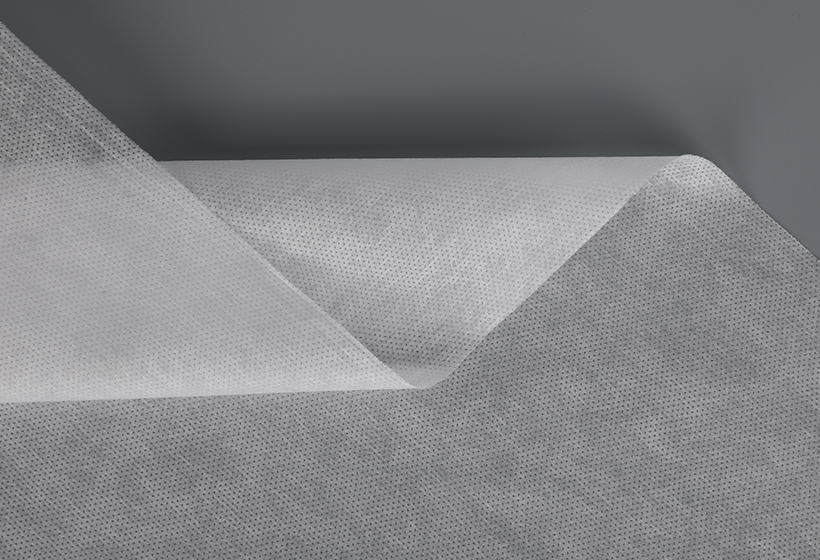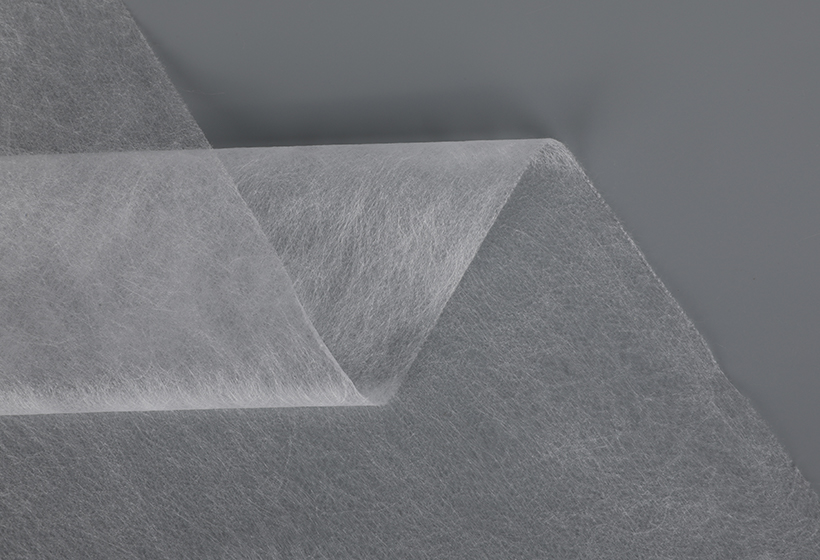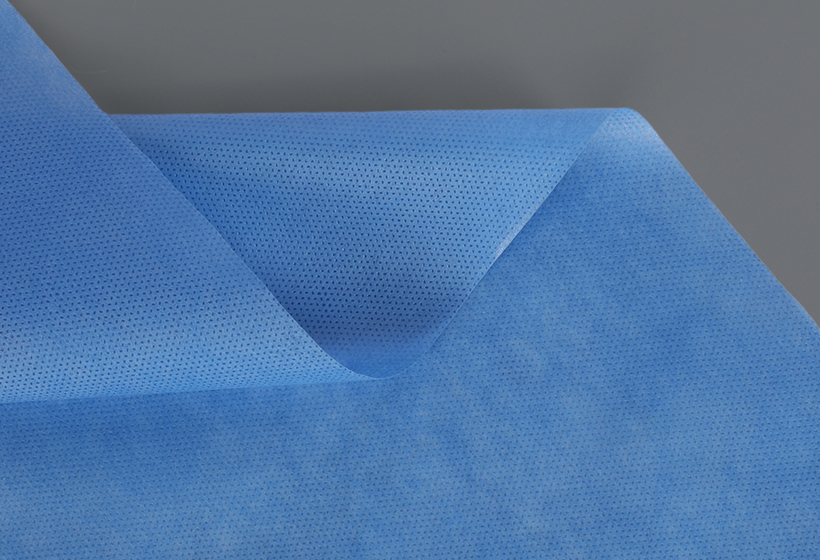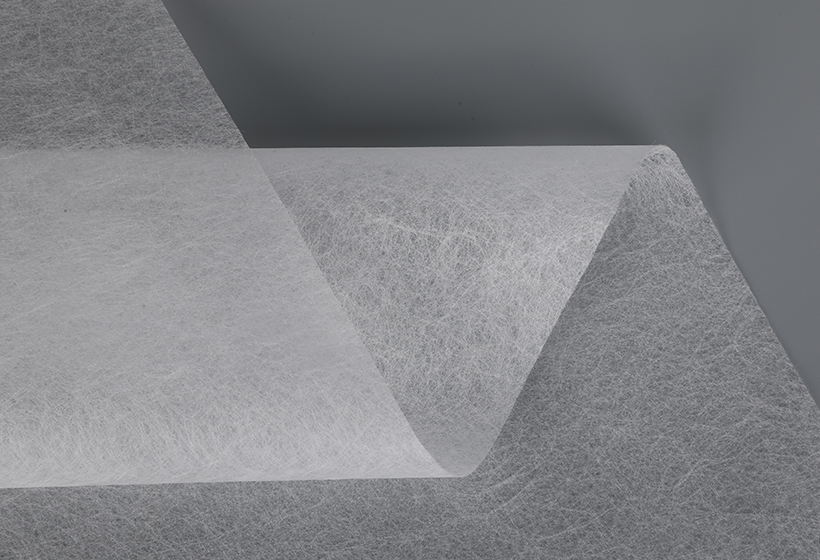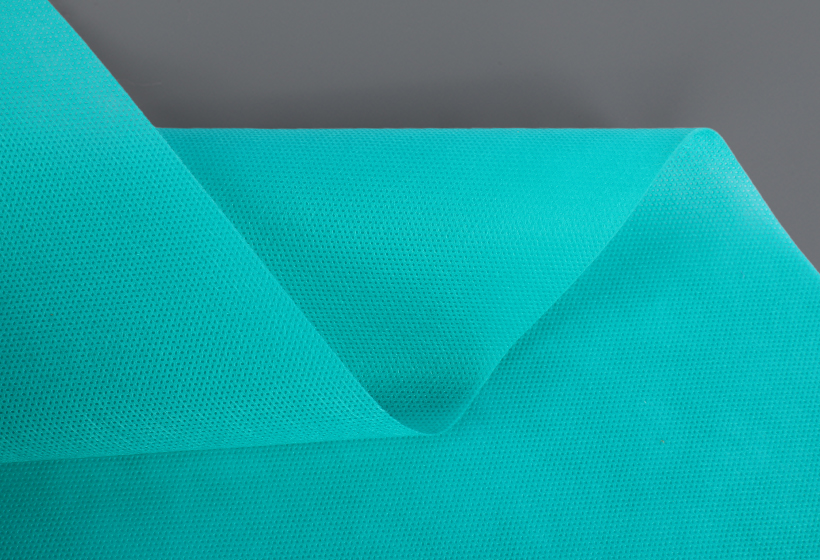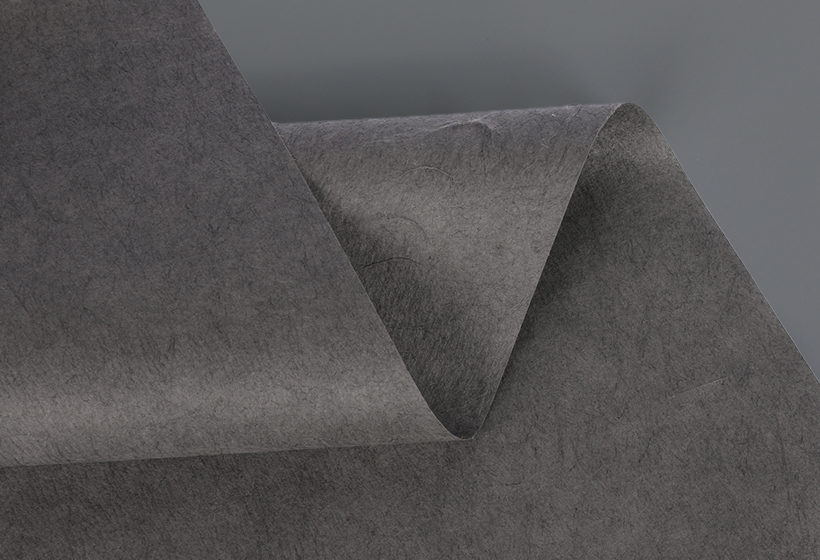One of the benefits of meltblown non-woven fabrics is their small fiber fineness, generally less than ten micrometers. The vast majority of meltblown non-woven fabric fibers have a fineness range of one to four micrometers. The process is difficult to optimize because various forces are acting on the entire spinning line, such as the melting and stretching forces, and the air flow. These processes are inefficient and cause a wide range of fineness sizes.
In the last few years, the production process for meltblown nonwovens has increased substantially. The manufacturing process has also evolved to be more efficient, and new applications have emerged. This article will present a brief overview of the production process, important parameters, structure property relationships, and economic aspects. It will then discuss the major uses for meltblown nonwoven fabrics. Here, we will discuss the following applications: (1) The manufacture of medical masks and other disposable products.Another application of meltblown non-woven fabrics is the treatment of oil and moisture. These fabrics are suitable for absorbing oil, and their microfiber structure makes them ideal for use in the treatment of oil spills. Moreover, they are effective in filtering sewage and preventing the growth of bacteria. Hence, they are used for a variety of applications in various fields. For example, they are excellent for making sanitary cloth and other types of filters.
Other than medical and sanitary cloth, meltblown non-wovens are widely used in construction materials. They are mainly used for insulation, geotextiles, and covering cloths. They are also used in irrigation products, cement bag packaging, and covering cloths. In home decoration, these fabrics are commonly used as tablecloths. They are also used as sound insulation materials, space cotton, and linoleum.
Meltblown non-wovens are often used in disposable respirators. They are made of polypropylene and have excellent filtration properties. They are commonly used in disposable respirators. The polypropylene material is breathable and anti-static, and meltblown non-wovens are a perfect choice for this purpose. These materials are also great for home and office interior decorating projects. In addition to its multifunctional uses, meltblown non-wovens are a great choice for insulation.
In addition to non-woven materials, meltblown technology also offers a variety of other types of materials. Besides spunbond nonwoven, meltblown non-wovens are often used in home and industrial applications. These fabrics have high-quality fibers and are strong enough to handle a wide range of applications. They also have excellent resistance to heat and are a great choice for medical applications. The main advantage of meltblown non-wovens is their ability to withstand temperatures up to 200 degrees.
In addition to their water- and oil-repellent properties, meltblown non-wovens are also useful for filtering medical and health applications. Their thin, flexible structure makes them an ideal choice for face masks, and more. They are lightweight and easy to shape. There are a variety of uses for this type of fabric. There are many uses for this versatile material. If you want to protect yourself from spills and oils, it's time to invest in Meltblown Non-wovens.



 English
English Español
Español
